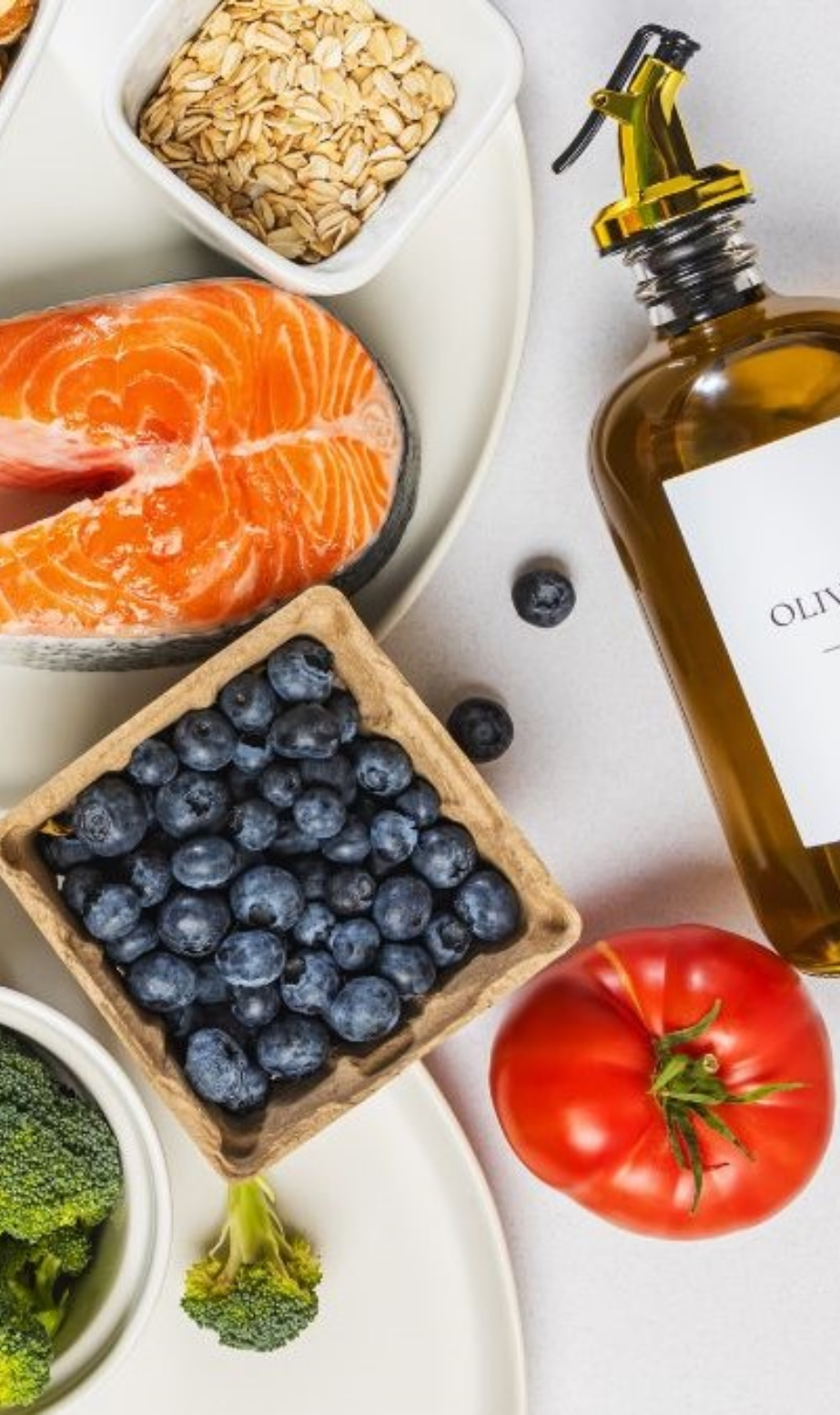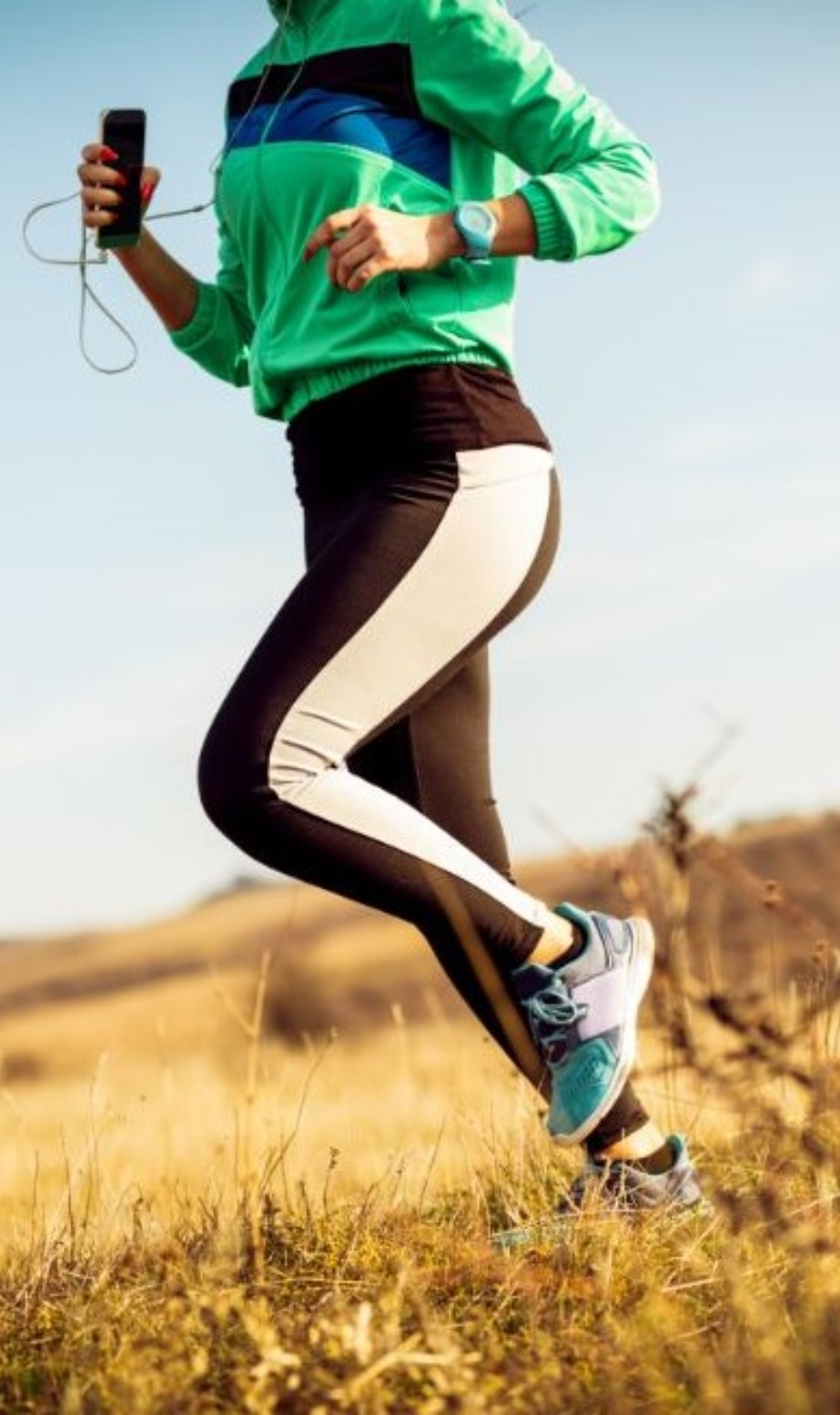From Leaks to Relief: The Diet Secret to Managing Incontinence

Michelle Britto
2 min read | Sept 16, 2024
- Pelvic floor exercise
- kegel
- bladder control
- hormonal change
- pregnancy


Spilling the tea... literally? Let’s spill some facts, not the tea!
While there's no magic food to "cure" urinary incontinence (UI), the right kind of fuel can certainly take the edge off those leaky moments. However, UI isn't solely a dietary issue. From weakened pelvic floor muscles to neurological conditions, various factors play a role.
As a registered dietitian, I see firsthand how mindful eating and healthy lifestyle can significantly impact the severity of the symptoms and affect your overall well-being.
So here’s a 6 step approach to make sure you control your bladder, and not let the bladder control you!
-
1. Stay Away from Bladder Irritants
Certain foods and drinks can irritate your bladder, making UI symptoms worse. Common culprits include caffeine, alcohol, spicy foods, citrus fruits, and carbonated beverages. Reducing or eliminating these from your diet might help reduce the urgency or frequency of leaks.
-
It's all about the Hydration Balance
While it might seem tempting to cut back on fluids to prevent leaks, dehydration can actually irritate your bladder and make things worse. Drinking enough water (but not too much) helps keep your bladder functioning properly.
-
Release the Pressure, Manage your Weight
Being overweight can put extra pressure on your bladder, worsening UTI symptoms. A balanced diet that helps you maintain a healthy weight can alleviate some of this pressure, reducing leaks.
-
Fiber your way through Constipation
Constipation can also put pressure on the bladder, so eating enough fiber-rich foods (like whole grains, fruits, and vegetables) is crucial for bowel health and UI management.
-
Introduce Anti-inflammatory Foods
Incorporating anti-inflammatory foods like leafy greens, berries, and fatty fish might help reduce inflammation, which can have a positive impact on bladder health and overall well-being.
-
Stay Active
Regular exercise along with pelvic floor exercises strengthens your pelvic floor muscles, providing better bladder control.
Remember, navigating UI and optimizing your diet is a journey, not a destination. Work with your healthcare professional and your ReeCoach to personalize your plan based on your specific needs and preferences. Experiment, celebrate small victories, and embrace the empowering feeling of taking control of your bladder health through mindful eating!
References
1. Bharucha, A. E., et al. (2017). Lifestyle modification for the management of overactive bladder syndrome. Current Opinion in Urology, 31(6), 569–574.
2. Burgio, K. L., et al. (2017). Behavioral and lifestyle interventions for urinary incontinence in adults: A Cochrane systematic review. Neurourology and Urodynamics, 36(5), 756–782.
3. Gormley, E. F., & Eldridge, D. S. (2011). The role of diet in urinary incontinence. Clinics in Colon and Rectal Surgery, 54(3), 147–156.
-
100K
-
50
-
-
100

WRITTEN BY Michelle Britto
Sept 16, 2024
MORE FROM MICHELLE BRITTO
-

Michelle Britto
2 min read
Battling the Burn: A Guide to Acidity and Heartburn
Acid reflux is also known as heartburn, acid indigestion, or pyrosis. It happens when some of the acidic stomach contents go back up into the esophagus...
-

Michelle Britto
2 min read
Effective Natural Remedies to Combat the Common Cold.
The common cold is a prevalent illness that affects individuals of all ages, causing discomfort and inconvenience. While over-the-counter medications...
RECOMMENDED FOR YOU
-

Michelle Britto
2 min read
Conquer Your To-Do List with the Pomodoro Technique.
Feeling overwhelmed by your to-do list? Struggling to focus and get things done? You're not alone. In today's fast-paced world, it's easy to feel bombarded...
-

Michelle Britto
2 min read
Flush Out Constipation: The Natural Power of Plant-Based Foods
Let’s face it: constipation is uncomfortable, frustrating, and something we’ve all dealt with at one point or another. But before you reach for over-the-counter...




